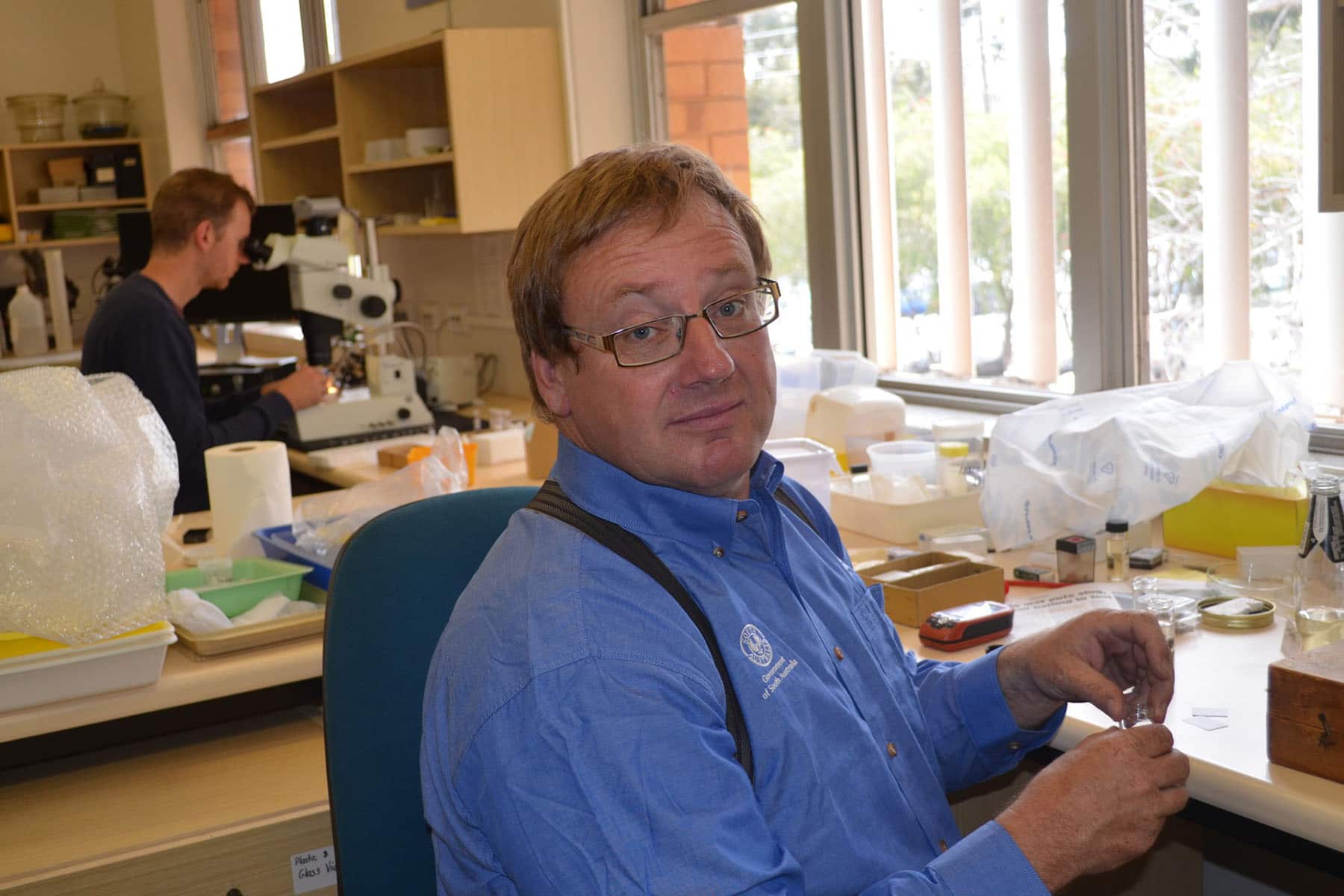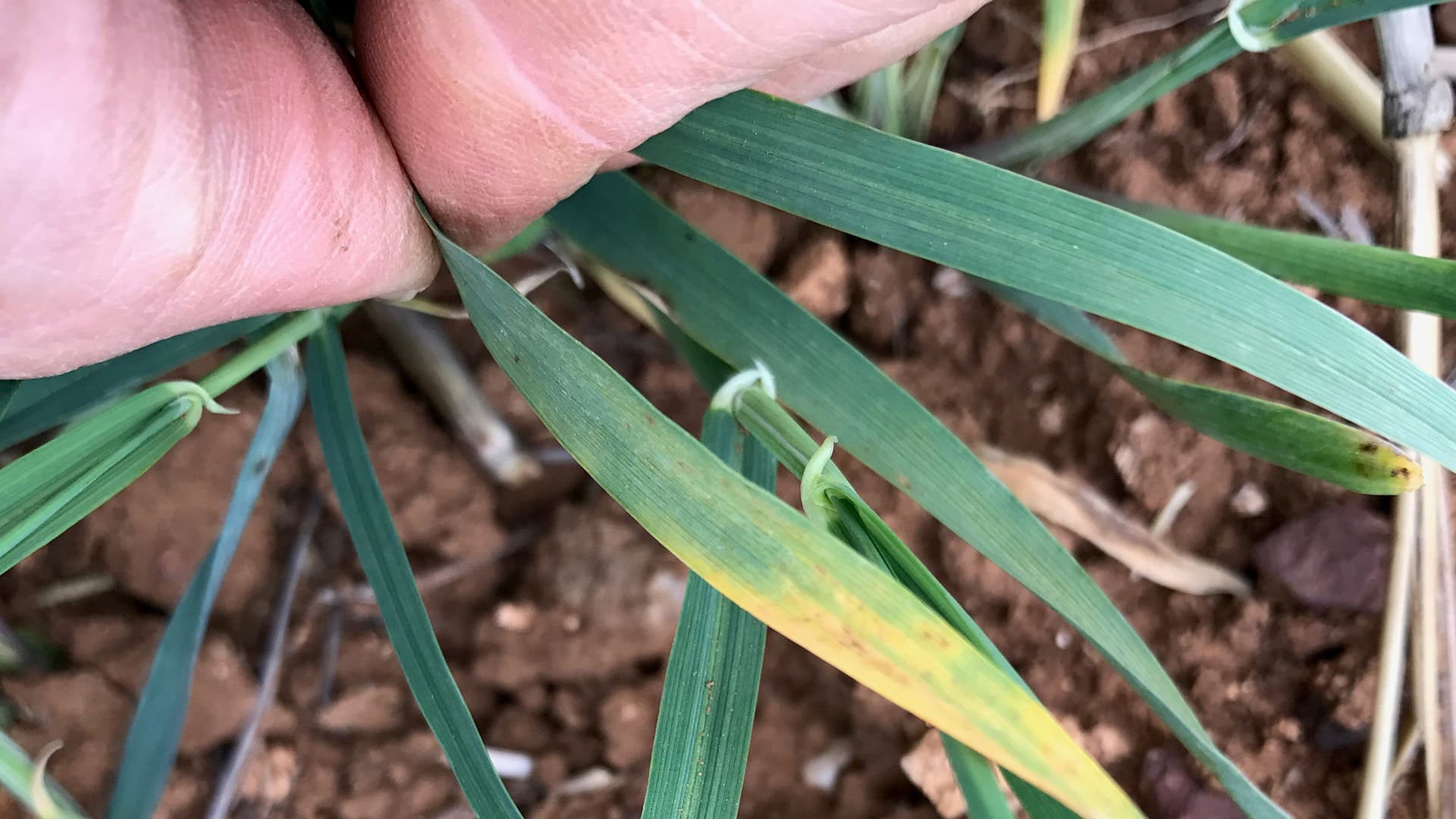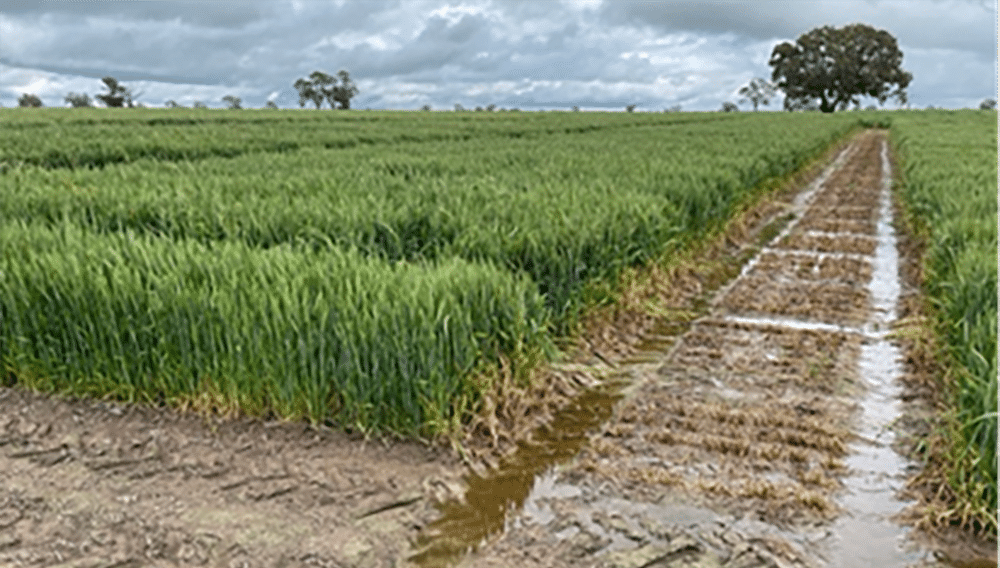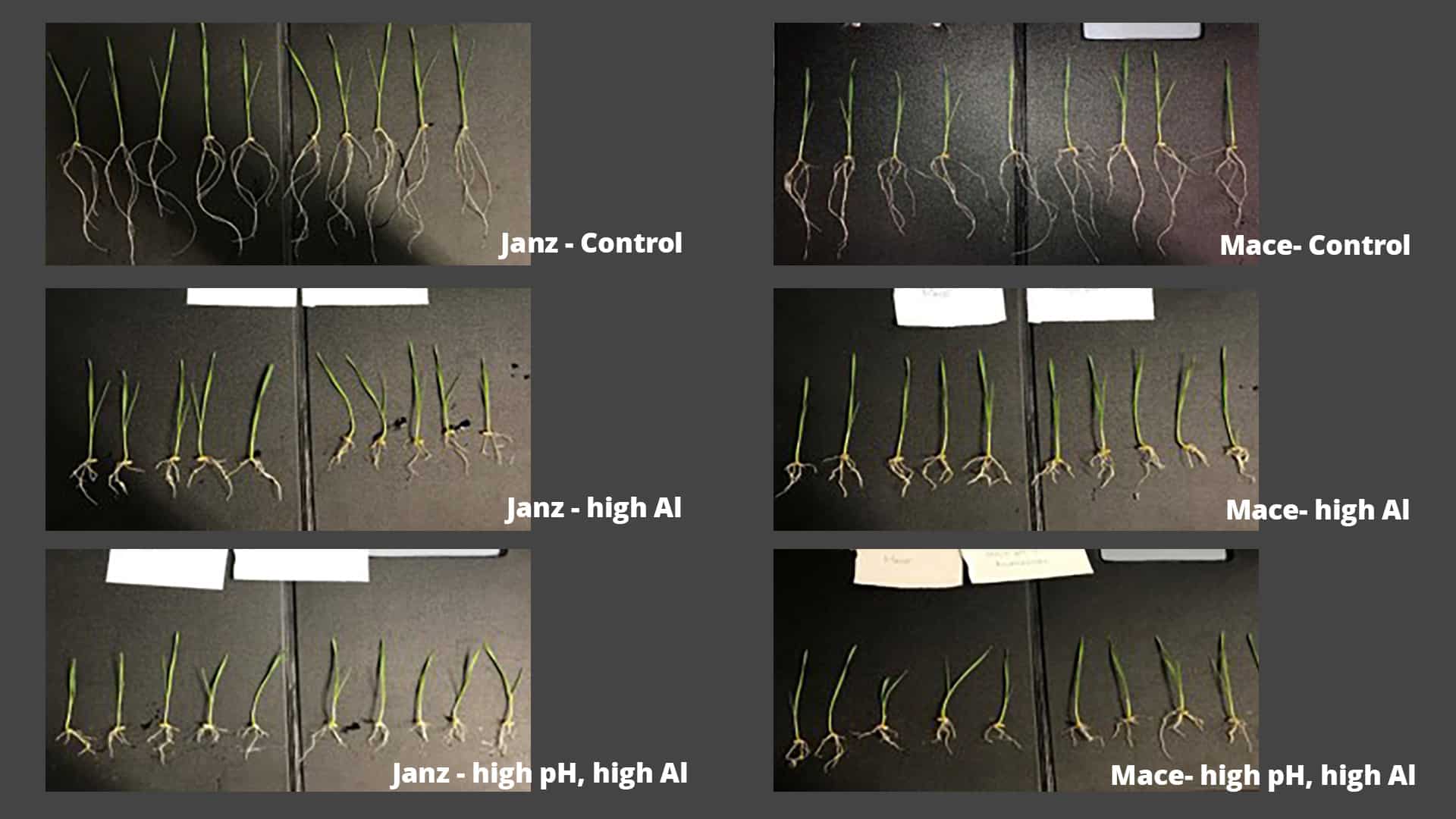START
FINISH
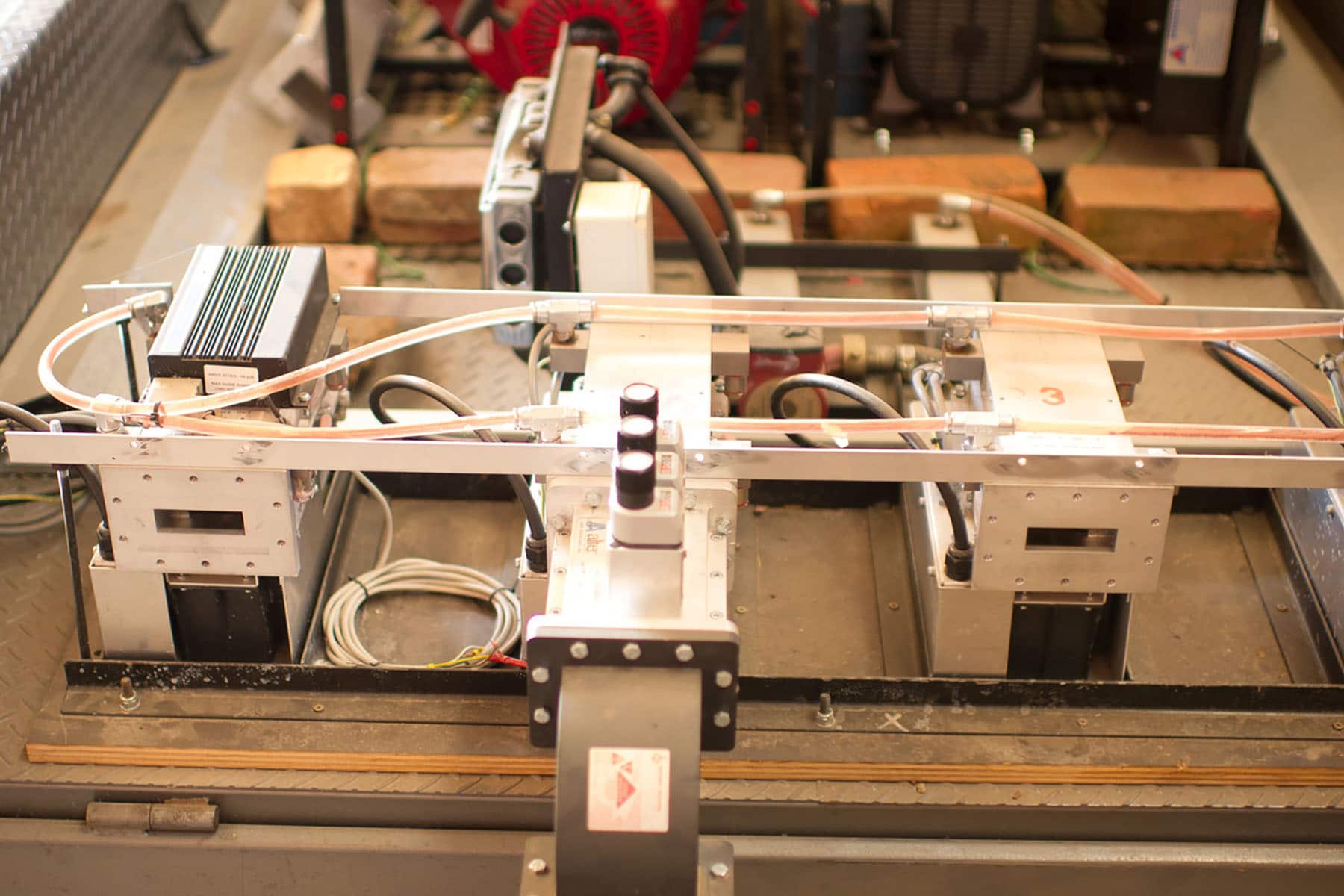
Summary
The efficacy of microwave technology to kill snails was studied using two laboratory microwave units on three snail species. Mortality was high and effective on white Italian snails, with 90 per cent mortality achieved in 4.2 seconds. However small snails including juvenile and pointed snails required a dose time of 40-50 seconds which is not practical in the field. No field tests were conducted and the study of microwaves for snail control is on-hold until the technology is further developed.
Background
Snails cause significant problems in South Australia by damaging young and emerging crops and contaminating grain at harvest.
Microwaves are being developed for control of weed seeds in Australian cropping systems and have the potential to be a useful tool in control of snails.
Research Aims
The key objective of the project was to improve South Australian grain growers’ capacity to effectively control snail infestations using microwave technology. To achieve this, the planned steps were:
• Develop dose responses for the four snail pest species.
• Conduct bioassays of mortality responses of snail eggs and testing of the dose response after activation to various methods.
• Field test the efficacy of commercial microwave equipment.
In The Field
An eight-kilowatt (kW) field microwave unit has previously been developed by the University of Melbourne for weed seed control. A 2kW unit and a modified 1.2kW unit were used in this project.
Three species, theba pisana (white Italian snail), Cernuella virgate (common white snail) and Cohliacella acuta (pointed snail) were used in the trial. They were in a 55 millimetre diameter container and exposed to the microwave radiation for between two to five seconds in intervals, replicated, and compared to a control. The number of dead snails was scored both 12 hours and eight days after treatment, with snail size also measured after eight days.
No field tests were conducted as proposed due to the lack of suitable commercial equipment available.
Results
Death was rapid for adult white Italian snails, however there was poor response by small juvenile snails, with size being a key factor in mortality. The different species reacted differently, with Italian snails the most susceptible. This result was expected due to their larger size.
Using the 2kW unit, the dose time was 4.2 seconds for the white Italian snail and 9.9 seconds for the common white snail, based on 90 per cent mortality. To cause mortality in the smaller pointed snails, the dose was more than 40 seconds, which would be impractical in the field.
The modified 1.2kW unit with a new antenna tested in 2016 required far lower energy – 520 Joules compared to 18,265J – to reach 90 per cent mortality in the pointed snails, indicating the change to the antenna was successful in reducing the amount of power, however the dose time was still 50 seconds.
Variations including activation with water, treating with carbonate fungicide and feeding did not change the dose time. The main obstacle to the further development of this technology is designing and engineering equipment with the ability to apply sufficient dose of microwaves onto small snails.
Project Participants
SARDI: Michael Nash
The Problem
Snails are a significant problem in South Australian cropping regions.
The research
Microwave technology was assessed in the lab for its ability to kill snails.
More information
Michael Nash
T: 0417 992 097
E: [email protected]
Value for Growers
All three species of snail were able to be controlled using microwaves, with larger snails giving better results. However small and juvenile snails required an exposure time that is impractical in the field. Engineers are developing new technology that may improve efficacy against smaller snails, outside of the scope of this project, and it is recommended this work be continued if and when the technology is available.

